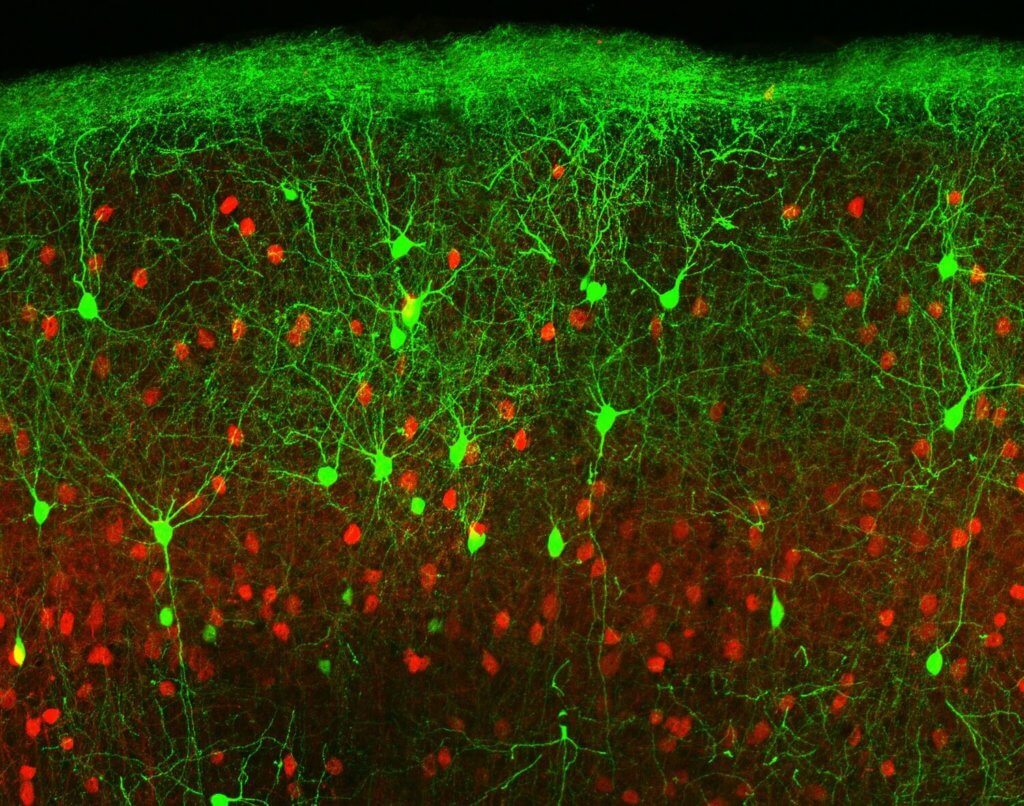Researchers at the Göttingen Campus Institute for Dynamics of Biological Networks (CIDBN) have found a new perspective on the brain’s rhythmic processes. Combining both mathematical and experimental approaches, the team sought to understand the dynamic nature of the human brain and its “switches.”
In their study, researchers explored the cellular mechanisms behind neurological processes—from the rapid switching between what we see to what we hear, to the moment our brain actively perceives the smell of coffee. The brain moves quickly and constantly, and cells that make such functions possible work to process sensory information, perform collective rhythmic activity, and keep track of memories.
“Typically, nerve cells are studied using artificial stimuli, such as brief pulses or oscillations,” said Dr. Andreas Neef, head of the Laboratory for Neurophysics at the CIDBN. “But we wanted to study these cells using more natural, irregular stimuli.”
Understanding brain ‘switches’
In the past, research that utilized more conventional methods in their efforts to characterize cells seemed to portray a simple picture: some nerve cell types are specialized to participate in fast activity rhythms, while a different cell type – the “adapting interneuron” – mostly participates in slow rhythms.
On the other hand, the reactions of nerve cells to novel, more natural stimuli, told a very different story to the Göttingen researchers. Rather than merely following the expected sluggish rhythms, the adaptive interneurons were able to switch between extremely slow and very fast rhythms.

(Credit: J. Staiger, Institute for Neuroanatomy/A. Neef)
While sleeping, the human brain is still active and at work. At certain times in the sleep cycle—and even while daydreaming—the adaptive interneurons are capable of contributing up to 200 cycles per second to brain rhythms, which is over 20 times faster than believed possible before the Göttingen team’s study.
“We were surprised at how differently these cells could respond, but what is even more astonishing to me is the speed of their ‘re-tuning,’” says first author Dr. Ricardo Martins Merino in a statement. “One moment they are contributing to the fast oscillations, the next they are not. They can switch back and forth ten times a second!”
For decades, science has wondered how different neurological rhythms interact and how the human brain is capable of switching rapidly between aspects. The Göttingen researchers believe that this study may have found the answer.
“The next goal is to study the role of switching in both the computer and the living brain,” said Professor Fred Wolf, co-author and founding director of the CIDBN. “The CIDBN offers the ideal space for this because here, theoretical and experimental research approaches are combined under one roof.”
The paper is published in the journal Proceedings of the National Academy of Science (PNAS).
Article written by Anna Landry












